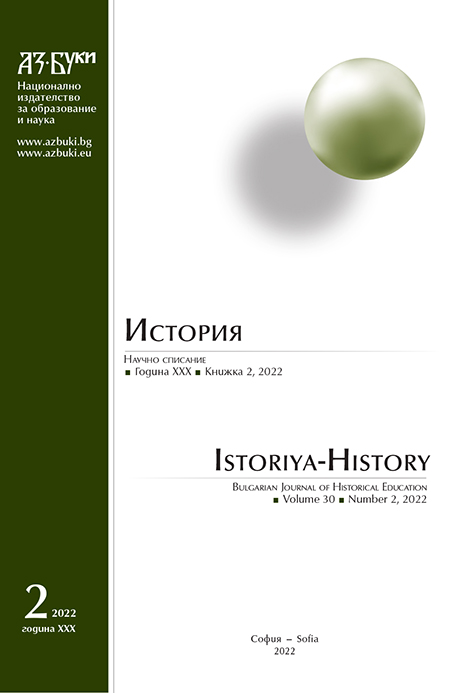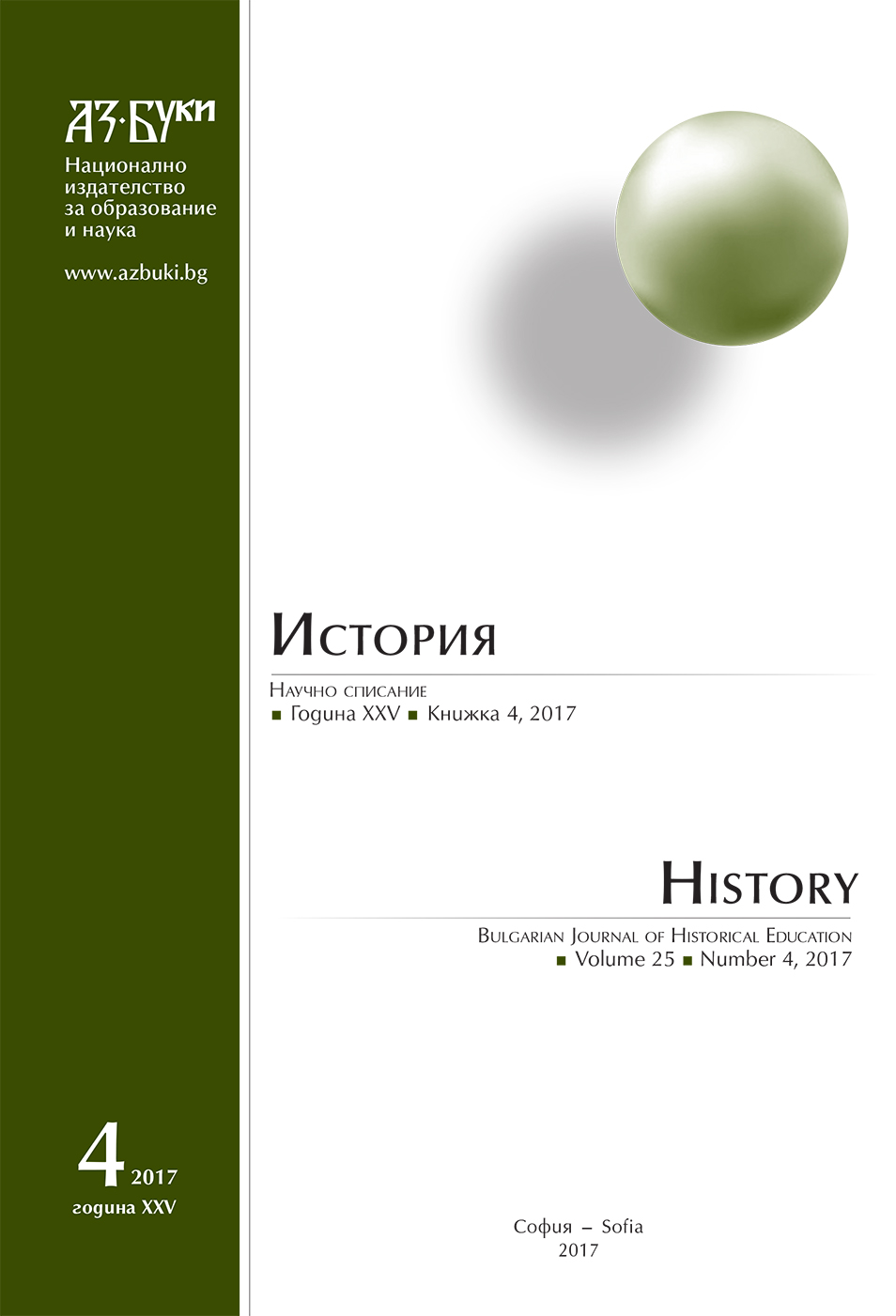
We kindly inform you that, as long as the subject affiliation of our 300.000+ articles is in progress, you might get unsufficient or no results on your third level or second level search. In this case, please broaden your search criteria.

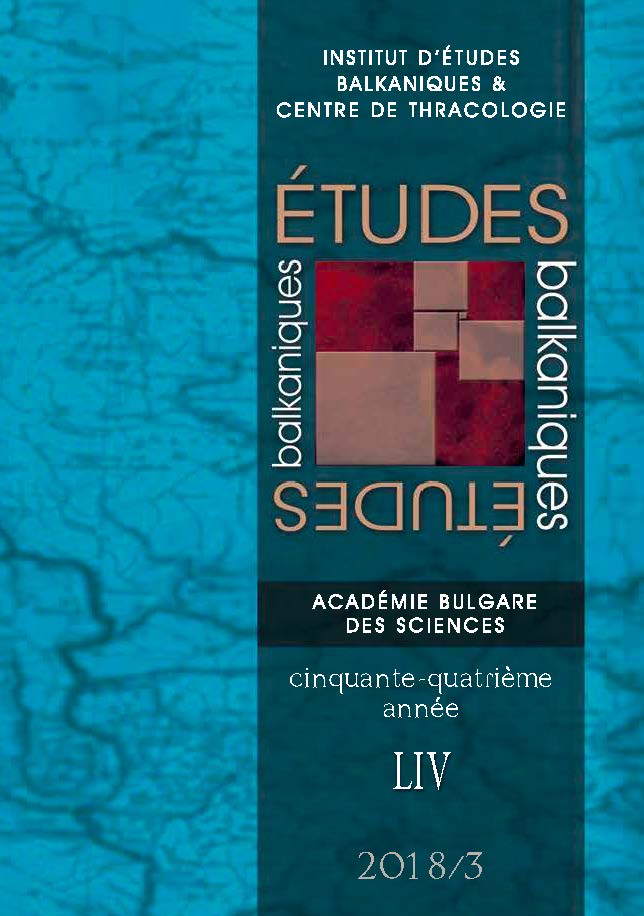
Salonica was the centre of the national idea in the Ottoman Empire, which distinguished it essentially from the cosmopolitan Ottoman cities along the Asia Minor coast. The Bulgarians had a significant role to play in the political and ideological ebullience that had gripped the city in the first decade of the 20th century. Its representatives were among the most prominent proponents of the national, socialist and anarchist idea that inevitably influenced the Jewish community in the city. Even though its Jewish population did not identify itself with the national-liberation aspirations of the Christian population, the proximity of the Balkan nation states and particularly of Bulgaria had a tangible effect on the city and predetermined its fate.
More...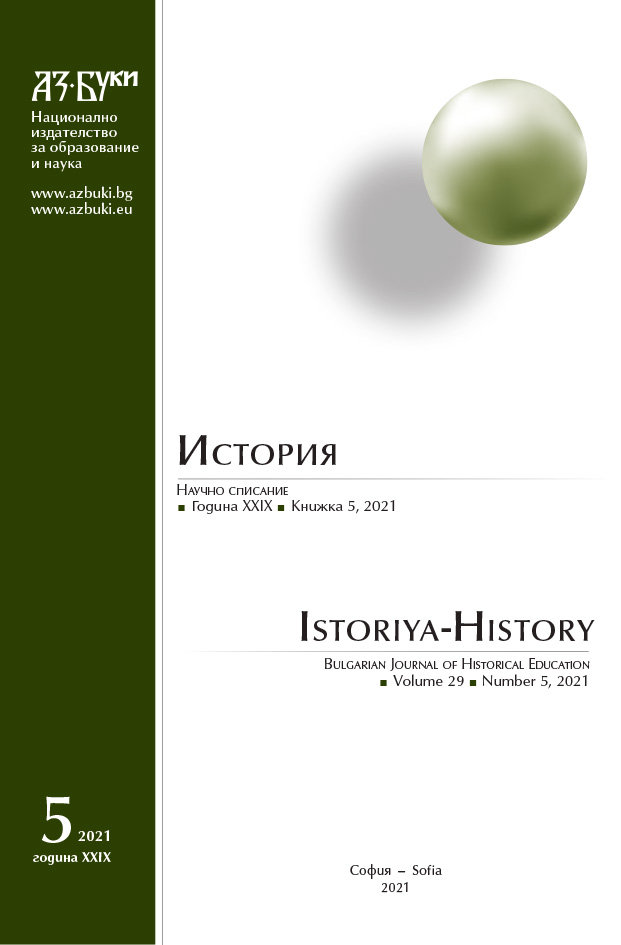
In the proposed military history study with a focus on the historical review of the preparation of officers from the reserve of the Armed Forces of Bulgaria, an attempt is executed to study the basic form of training of this specific type of servicemen in the defined period. The article gradually examines the gradual restoration of the Reserve Officers' School under the still valid Neuilly Treaty clauses and its functional development until the end of the World War II. The subject of the scientific work is related to the systematization of the relationship between the restoration of the training system for reserve officers, the revival of its traditions and the innovations of its development, the goals of the Ministry of War and the approaching World War II with its inherent requirements in military affairs. The researched problematic, included in the scientific production, is based on the analysis and summary of historical sources in the form of more than twenty archival units, mainly from the school’s fund, extracted from the State Military Historical Archive of our country.
More...

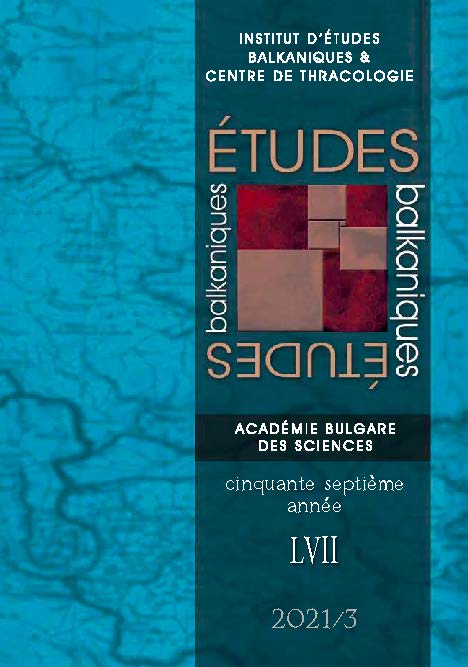
This study looks at bells and bell ringing in the medieval Balkans byfocusing on historical Serbia and Bulgaria. It provides a comprehensive view of the use of bells for religious purposes from the thirteenth century until the early Ottoman period. The evidence examined is organised in two parts; the first one deals with written sources while the second is a catalogue of church bells preserved in the region under study. Dated to the thirteenth, fourteenth and fifteenth century, some of these instruments are recent discoveries while others are not well known among scholars. This is the first time that most extant bells from the region are analysed together, offering the opportunity to trace the development of these artefacts in the Balkans. In a third section the information from written sources and actual bells is discussed in conjunction.
More...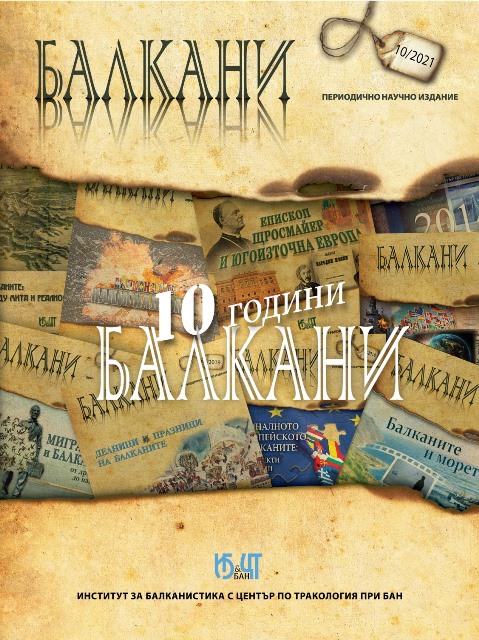
The study is mostly based on the writings of Father Arthur Droulez of Congregation of the Mission. Special attention is paid on his accounts about the Bulgarian Uniates in Macedonia, published recently (1839–1939) in French. The main themes are presented, supplemented by information newly obtained from the private Bulgarian archives.
More...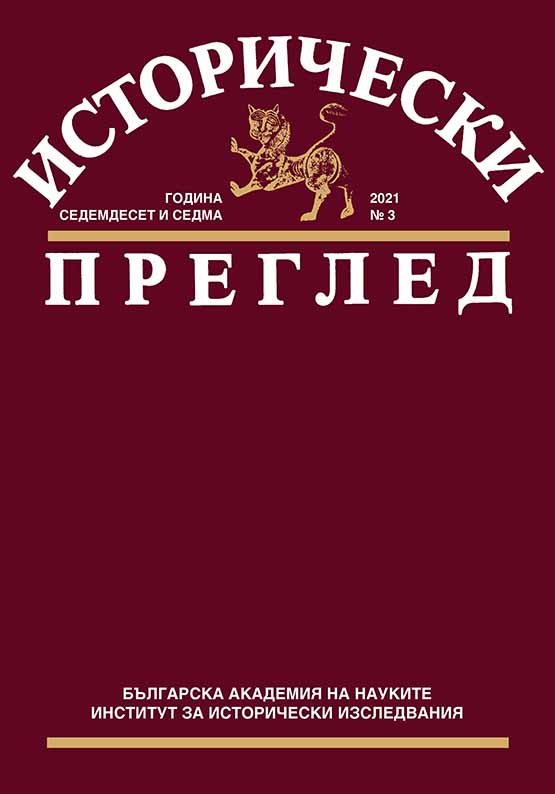
The study focuses on the development of the Bulgarian girls’ education in the historical-geographical region of Macedonia during the Revival, as an important stage in the emancipation of the female sex. It can be noted that the first girls’ schools in the district had a short life due to a number of difficulties in their functioning. It should not be forgotten that in the ethnically diverse Macedonian provinces of the Ottoman Empire, their opening was more an expression of local patriotism and an attempt to overcome Greek influence in cities with a rather mixed population. From the second half of the 19th century Bulgarian girls’ schools were organized in the larger cities largely thanks to the tireless work of the teachers from Sopot Nedelya Petkova and her daughter Stanislava Karaivanova. Although timid at this early stage, the issue of girls’ education involved many women and raised the issue of the women’s movement among Bulgarians in Macedonia.
More...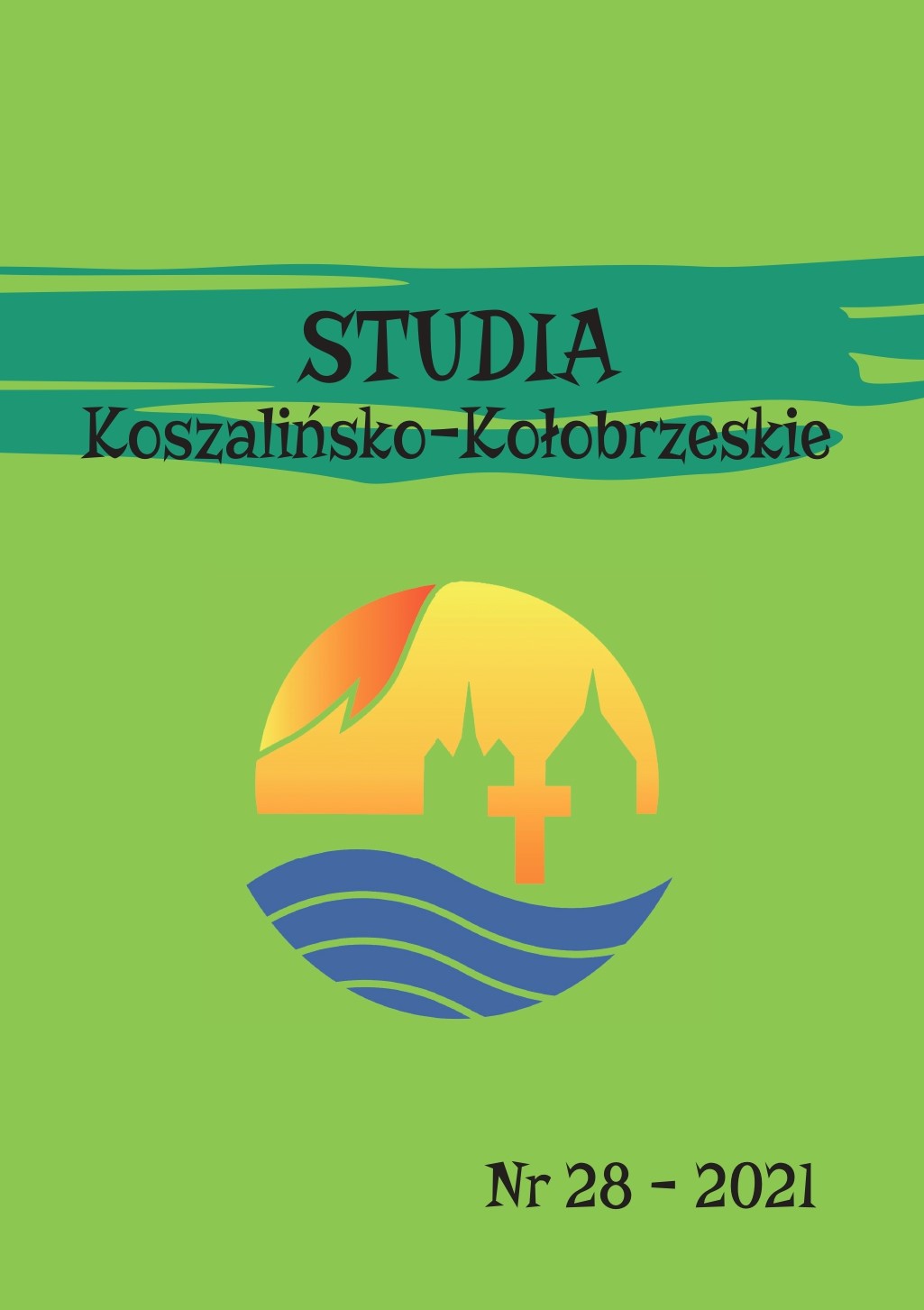
The article debates the issues of the personalist-communitarian concept of social life presented by Cardinal Stefan Wyszyński in the context of the political and social transformations taking place in Poland in the post-war decades. In his praxeological approach, Wyszyński perceives the breakdown of the Christian community and morality as the primary social problem caused by the destructive influence of a human being inscribed in the ideology of collectivism and individualism. Therefore, the above article analyzes the specifics of “incomplete” concepts of man, as well as criticizes the doctrines responsible for the adverse effects of the socio-political changes taking place in the post-war decades of Polish history. This paper also proposes ways in which contemporary models of social life can shape the socio-political reality based on a genuinely humanistic vision of man and citizen.
More...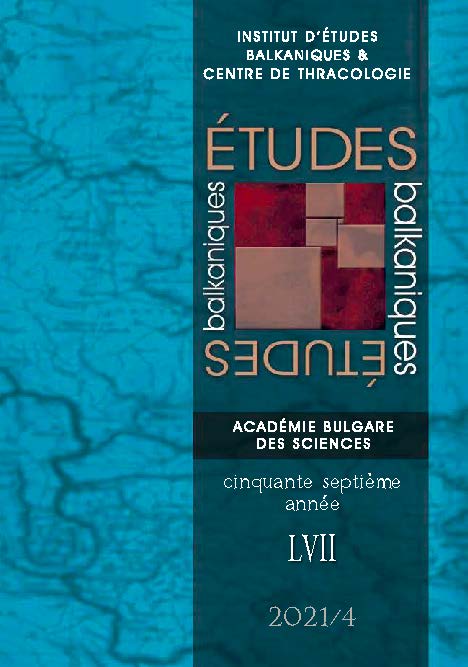
“The Law on Freedom of Religion or Beliefs and Legal Status of Religious Communities of 27 December 2019 is becoming a problem of “national survival”. The Serbian Orthodox Church (SOC) has not shared or accepted the efforts of the authorities in Podgorica to establish a Montenegrin identity. The authorities have qualified the attacks on the law as a challenge to Montenegro’s national, cultural and religious identity. The opposition claims that the Law is an offhand attempt to expropriate lucrative church properties. SOC has organized mass protests “in defense of the holy places against lawlessness”. Citizens are forced to choose among religious affiliation, national identity and affiliation to patronage networks. In 2020 the ruling party suffered its first electoral defeat in the past 30 years. The new government repealed the contentious provisions on church properties. Nevertheless, the dramatic “conflict of identities” in Montenegro remains unresolved.
More...
The exploration of the Romanian communist experiences and memories has generated several collective representations ranging from trauma of the past to everyday life images and narratives, communist memorabilia and nostalgic feelings. The role of literature and art in addressing the communist past has been increasingly more often included in the current debates. This paper argues that based on its visual constructions, comics expand the general knowledge of the past by targeting a segment of audience that may engage more deeply with visual expressions than with other memory media. Therefore, comic books can mediate the transgenerational transmission of memory and the reading of past narratives. Using as a case study a collective volume dedicated to the 1989 Romanian Revolution, this paper questions the use of graphics and narratives in (re)working past events and explores the dynamic of trauma, fear and violence in comics. Special attention is given to the way in which meaning is produced or conveyed and to the strategies used to address past events. Based on three interconnected instruments – content analysis, close reading and mise en scène – the graphics and narrative of the represented events are examined in relation with both the memory and the postmemory of the communist past.
More...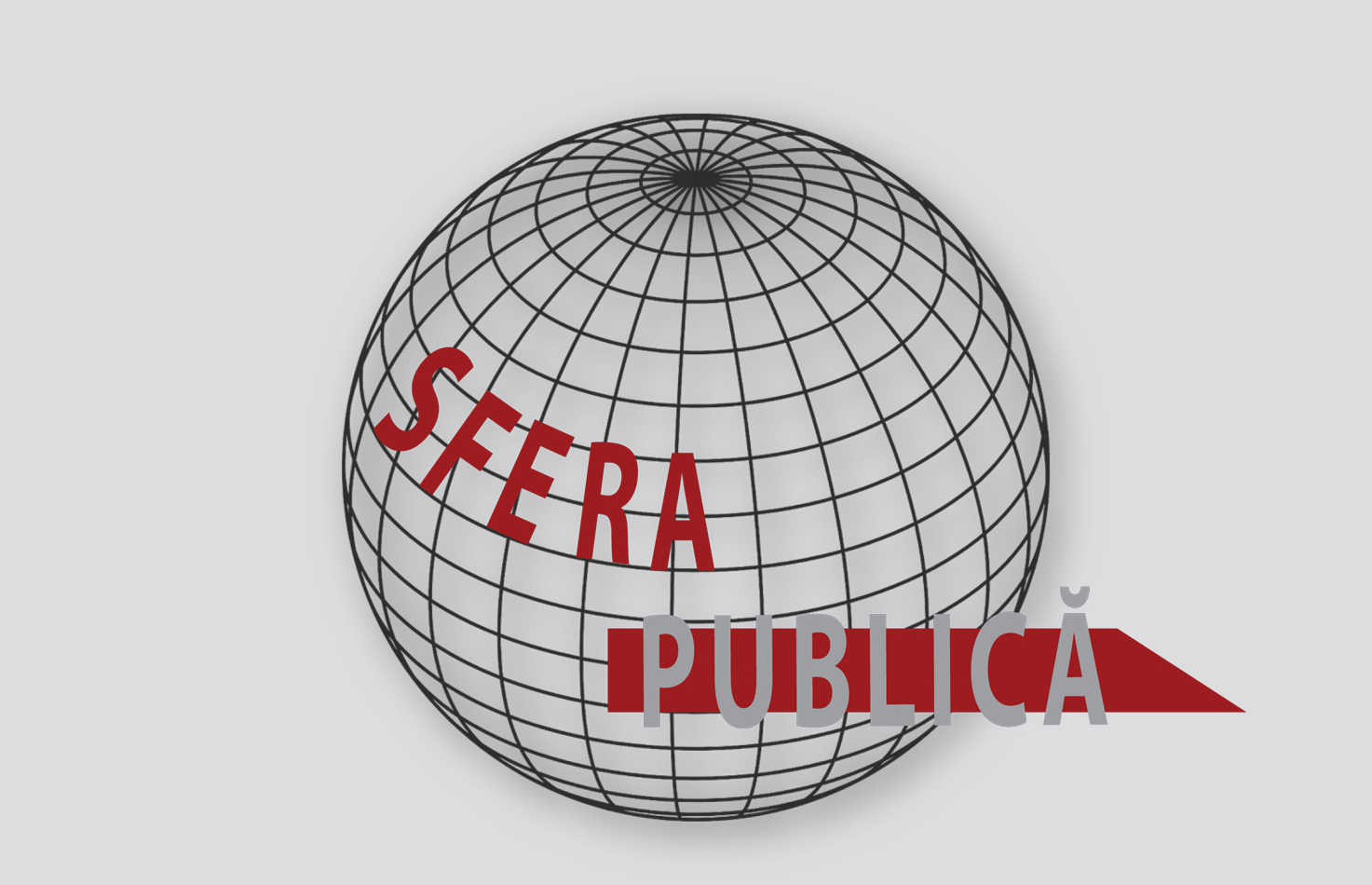
In this paper, we started from relatively simple ideas, often superficially treated, but with strong meanings. Is religion a taboo subject? Many commentators and political scientists don`t talk about the relationship between religion and politics, considering them as two totally opposite things. In the first phase, this is the answer that each of us would give, but approaching the subject in a broader spectrum, we will notice that things are different. It is true that religion has always been a universal factor in shaping human history and shouldn’t be associated with political controversies and disputes.
More...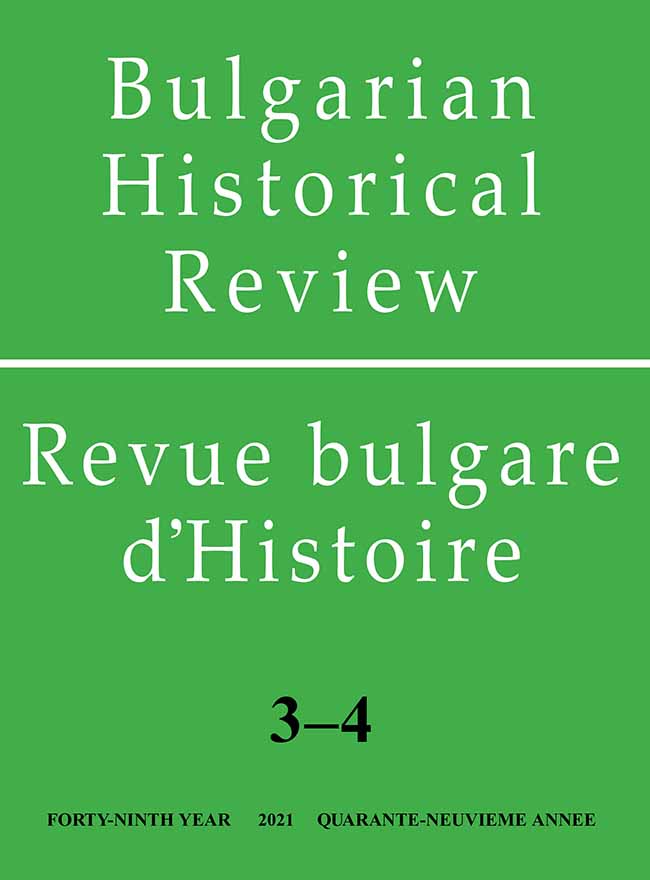
This article compares the projects for the initial modernization of education among the Czechs, Slovaks, Vojvodina Serbs and Bulgarians, their conception, initiation and the social factors responsible for their implementation. The role of the clergy for the spread of Enlightenment ideas and the preservation of the literary tradition – a factor common to all peoples – is outlined. The connection between the literacy of the broad strata of the subjugated peoples and the development of the native language is analyzed. The author considers the reform of education in the general context of state policy, noting that while in the Habsburg monarchy it was a governance policy aimed at the general process of modernization of the state, in the Ottoman Empire the central government remained indifferent and the Bulgarian educational project was the work of wealthy patriotic emigration.
More...
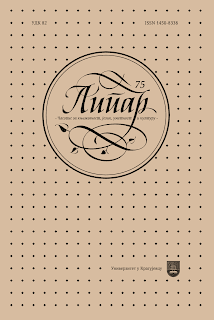
À travers une perspective multidisciplinaire, basée sur les connaissances historiques et pointant vers de nouvelles recherches sur le patrimoine culturel et historique des Juifs de Belgrade et de Paris, il s’agit de souligner les similitudes et les différences dans l’existence, la préservation et la présentation du patrimoine juif dans deux environnements géographiquement éloignés, historiquement et socialement différents. L’objectif est de tenir compte du contexte historique, culturel et artistique du patrimoine culturel juif historique et la question inextricablement liée de l’Holocauste. L’article cherche à lancer une discussion sur le Bataclan, le quartier juif de Paris, et Dorcol, une partie de Belgrade où les noms de rue témoignent de la vie de la communauté juive. Le but de l’article n’est pas seulement de comparer et de souligner le lien, mais aussi de promouvoir la diversité du patrimoine culturel de la France et de la Serbie.
More...
The paper presents the life and work of Eugene of Savoy, a famous military leader at the turn of the 17th and 18th centuries, whose achivements left a mark in the history of numerous countries, from Austria, through Germany, Italy and France, to Serbia. The biography of Prince Eugene has a mutinational, “pan-European” char- acter, bearing in mind that he came from an Italian family (princes of Savoy), that he was raised in the environment of the French royal court, and that he served three Habsburg emperors (Leopold I, Joseph I and Charles VI). Napoleon considered Eugene one of the seven greatest commanders of history.The article contains presentation of young years and military career of Prince Eugene, especially during the Great Turkish war (1683-1699) and after, includin presantation of crucial battles of Zenta (1687), Petrowaradin (1716) and Belgrade (1717). The Prince’s fame was secured with his decisive victory against the Ottomans at the Battle of Zenta in 1697, earning him Europe-wide fame. The Battle of Zenta proved to be the decisive victory in the long war against the Turks. Renewed hostilities against the Ottomans in the Austro-Turkish War consolidated his reputation, with victories at the battles of Petrovaradin (1716), and the decisive encounter at Belgrade (1717). Of all Eugene’s wars this was the one in which he exercised most direct control; it was also a war which, for the most part, Austria fought and won on her own. The war had dispelled the immediate Turkish threat to Hungary and was a triumph for the Empire and for Eugene personally. In the period after the Second World War, during the period of growing popularity of European integration and cooperation, as well as supranational ideas, there was a reinterpretation of the historical role of Eugene Savoy as an archetypal character “pan-European”, “hero of European culture”, “builder of Europe”. The period of the Austro-Turkish wars in which Prince Evgenije participated and his great victories over the Turks had an exceptional influence and significance on the history of the Serbian people (Great Migration 1690). A large number of Serbs also took part in the campaigns and battles led by Eugene of Savoy.
More...
Uglješa Šajtinac zeigt im Drama Das Banat (2007) das proble- matische Zusammenleben von Donauschwaben (Joseph, Erwin und Magdalena Wolf) und Serben (Dobrivoje, Đuđa, Svetislav) im Banat während des Zweiten Weltkrieges. Im Kontext von historischen Umwälzungen und politischen Konflikten versuchen die Figuren im Drama entweder die alte kollektive Identität zu bewahren oder eine neue zu bilden, und ihre Kohäsion mithilfe verschiedener Kategorien festzulegen: Geschlechts (Geschlechtsidentität), Territoriums (territoriale Identität), Klasse (ge- sellschaftsökonomische Identität), Religion (religiöse Identität), Nation (nationale Identität), sowie Politik (politische Identität) und Kultur (kulturelle Identität). Aus- gehend von der Theorie des britischen Historikers der Soziologie Anthony D. Smith (1939–2016), eines der Begründer der Nationalismusforschung, werden in diesem Aufsatz im Kontext des Chronotopos des besetzten Banats (1941–1945) unter- schiedliche Manifestationen der kollektiven Identität untersucht, mit dem Ziel, die Kohäsionskraft dieser Kategorien aufzuklären. Ergebnisse der Analyse zeigen dass Geschlecht, Territorium, Klasse und Nation nicht einen genügend starken Grad der Kohäsion aufzeigen und die Figuren, die auf diesen Kategorien ihre Identität auf- gebaut haben, könnten sich in den neuen Zeiten nicht erhalten, im Unterschied zu denen, die sich für Politik und Kultur entschieden haben, die die Grenzen der Zeit und des Raums überschreiten und eine stärkere Verbindung unter den Figuren her- stellen. So können Dobrivoje und seine Schwester als Kommunisten im neuen Staat fortleben, während andere Figuren sterben oder das Banat verlassen müssen, um eine neue Heimat in der Weite auszusuchen, in der die kulturellen Elemente wie Kunst (Film und Musik) und Fremdsprachen die Verbindung unter den Menschen sichern, trotz den ethnischen und anderen Unterschieden.
More...
This article describes the methodology and the findings of a research about women, former political detainees, memory discourse about the communist period and political persecutions. It points out the difficulties and the unexpected results of such sensitive work. It argues that the narratives of former political detainees about their life experiences are influenced by both frameworks of memory as well as by their habitus of modern women belonging to the Romanian interwar middle class.
More...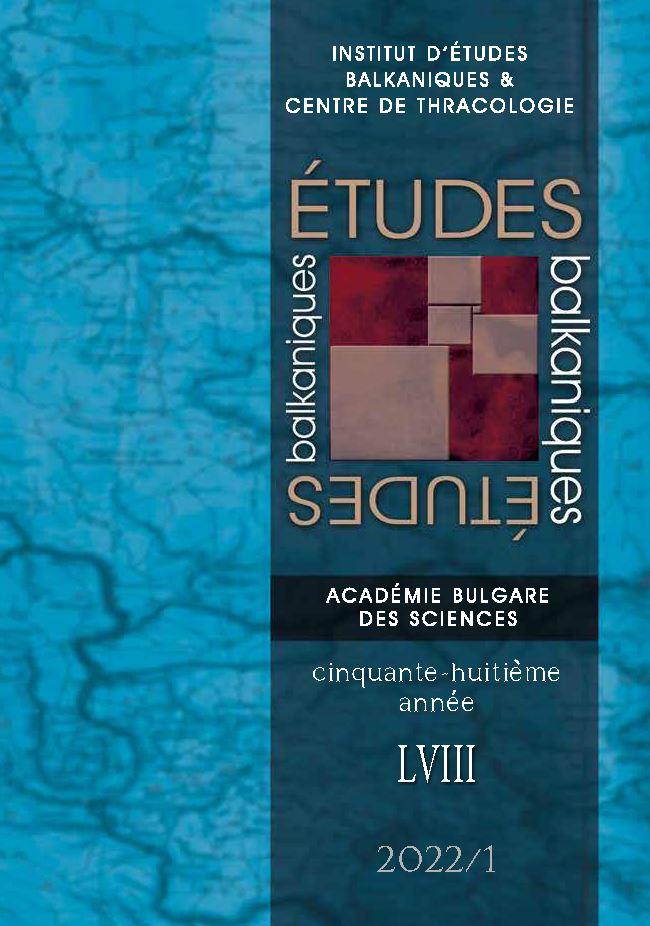
The presentation addresses issues related to the construction of the socialist canon in the Bulgarian theatre on the basis of certain postulates and ideologemes that provoked the creation of new totalitarian mythologems (Jung, Kerényi). By its very nature, European totalitarianism of the 20th century did not tolerate gods other than those whom it had named itself. Rejecting the centuries-old faith in the Christian god, the system had to elevate its idols. Here the magic that art and artistic image possess was put into reconsideration. Totalitarian culture and art incorporated the powerful tradition of esoteric notions of image in order to create a new religion with new rituals that affect consciousness through the archetypal in a grand spectacle (Debord). In this theatre, the stage incarnations of totalitarian mythologems about the party leader, the positive hero, the youth, the masses, etc. became the main means of forming the type of socio-political thinking necessary for the power.
More...